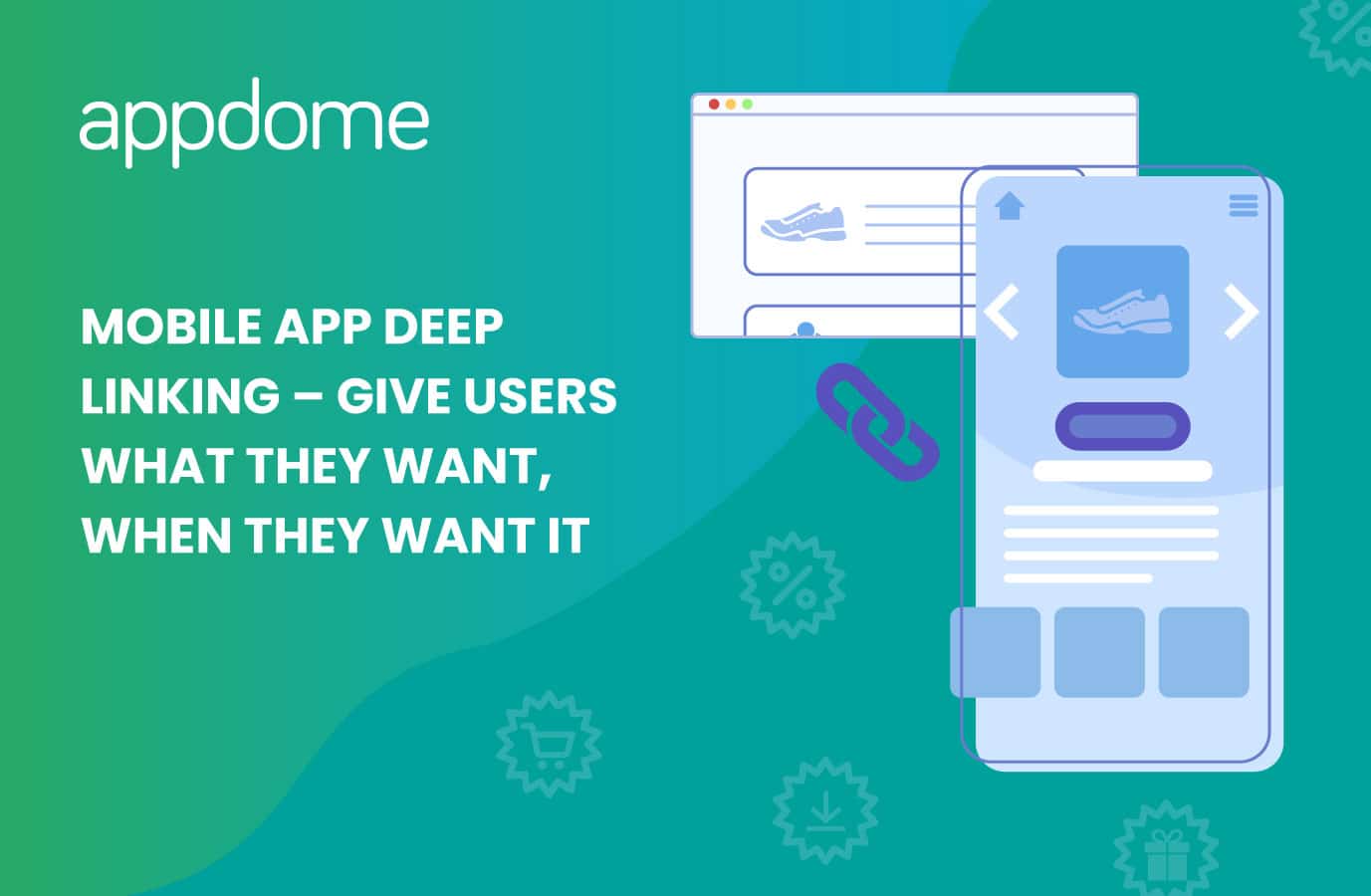This blog is about mobile app deep linking, and how you can use deep linking to drive deeper engagement with your users/customers and make it easier for them to do business with you. In other words, deep linking enables you to give users exactly what they want, at the time that they want it – without any friction.
What Is Deep Linking?
In mobile apps, deep links are links that redirect a user to specific content or a specific location inside a mobile application when clicked. Deep links can originate from anywhere: you can embed them in websites, in SMS messages, or even inside other mobile apps. For example, if you’ve ever been browsing the internet and you click on a link that automatically launches a mobile app on your phone and takes you to a specific page inside that app…..that’s a deep link.
How Does Deep Linking Work in Mobile Apps?
Deep linking works by using a uniform resource identifier (URI) that links to a specific location within a mobile app rather than simply launching the app. Depending on the mobile device platform, the URI required to trigger the app may be different. This is what makes deep linking challenging for developers.
Benefits of Deep Linking
One of the biggest benefits of mobile deep linking is the ability for marketers and app developers to bring users directly into the specific location within their app with a dedicated link, instead of forcing users to jump through additional hoops to get to the content they want. It’s all about engaging users and making it easier for them to do business with you!
Let’s explore an example. I recently saw an advertisement for a pair of Retro Nike Air Jordan sneakers while I was out and about in San Francisco. I’m not quite sure exactly where to buy this particular pair of sneakers, so I search Google. Google search results turn up several retailers, one of which is Amazon. And it’s the exact sneaker that I want.
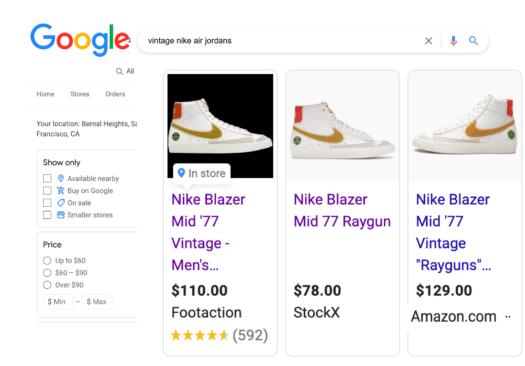
Now, let’s pause for a minute and consider 2 possible scenarios: (1) without deep linking and (2) with deep linking
Scenario 1: WITHOUT DEEP LINKING
When I click on the Google search result I’m re-directed to Amazon’s mobile website, I click the link and….DOOOHHH! The dreaded ‘sign-in’ button.
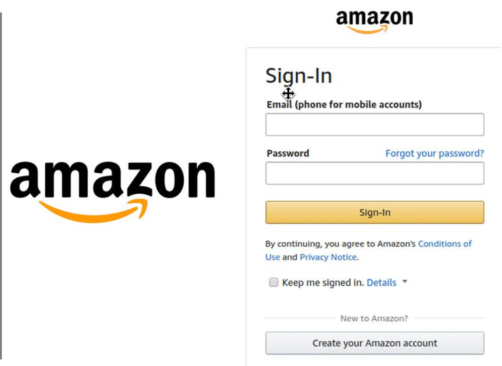
Now, I might not know my Amazon password, and even if I do know my password once I’m logged in, I need to conduct the search for that product all over again using Amazon’s (which is different than Google’s).
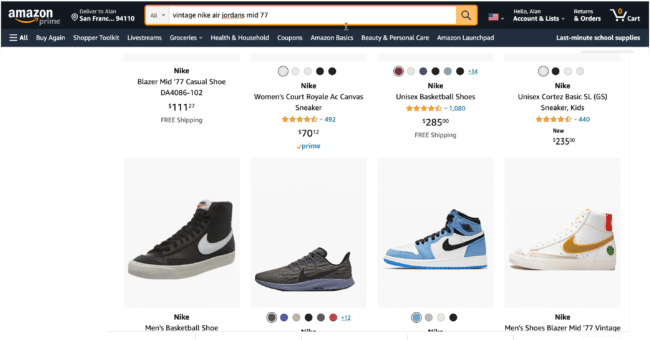
Then when I find it, I need to click a few more times to get the item into my shopping cart so I can buy it. But wait, I’m still not done. Next I need to enter my credit card information because I don’t save my credit card in the web browser. I save my credit card in the Amazon mobile app (which is where I REALLY want to complete this purchase from anyway).
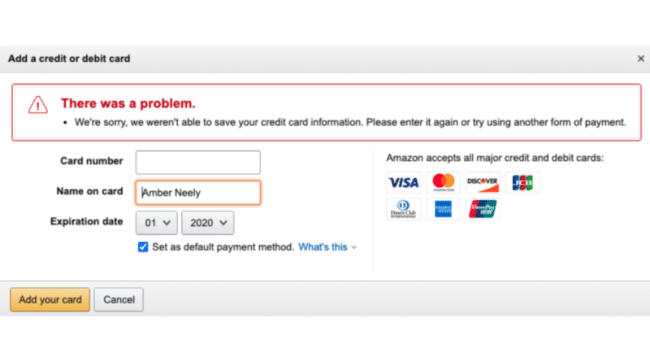
Without deep linking, this scenario is LOADED with so much friction no matter which path it takes me down. 15 minutes ago I was ready to give Amazon $200+ for a pair of sneakers and I was quite happy to do that. 15 minutes later I’m cursing at Amazon for putting me through such a painful experience, and will likely buy the sneakers somewhere else. Who buys sneakers from Amazon anyway….not me….(anymore).
Needless to say, this is neither a good outcome for me, or for Amazon, wouldn’t you agree?
Now Consider the same exact scenario WITH Deep Linking:
Scenario 2: WITH DEEP LINKING:
With deep linking, when I click on the Google search results for the sneakers I want to buy, the Amazon mobile app is automatically launched on my iPhone, and it takes me right to the sneakers I want to buy. The only thing I need to do is click BUY NOW.

Now which of these 2 scenario would you rather have for your mobile app or mobile business?
Deep Linking Technical Challenges – Methods Vary Across Mobile OS, Frameworks, and Platform
So why don’t all mobile apps use Deep Linking? Well, it’s quite tricky to build deep links in mobile apps. Here’s why: Unlike deep links on the web, where the link format is standardized on HTTP and consistent across the web, mobile deep links do not follow a consistent format. This causes confusion in development because different sets of links are required to access the same app on a different mobile operating system. So how do you know which method to use and when? It can get kinda tricky and if you don’t do it right, the user experience might even be worse than if you just stuck with the not-so-nice experience in scenario 1 above.
Appdome provides an easy way for developers (or non-developers) to provide deep links in their apps quickly and easily without all the framework and standards challenges…or the extra coding.
How To Build Mobile Apps With Deep Links Using Appdome
On Appdome, building engaging mobile apps with deep links is super easy. You don’t need to write any code, and you don’t need to navigate through a minefield of platform or framework-specific linking methods. Check out this KB article on how to build deep links into mobile apps quickly and easily using Appdome’s SecurePWA Deep Linking.
Appdome SecurePWA is a no-code mobile development framework that enables anyone to convert a website into a mobile application in minutes – no code or coding required. Using Appdome, anyone can build a progressive web app (PWA) that runs on any iOS or Android device with a native-like experience. The only thing you need to convert any website into a mobile application is a reachable website. Simply input any reachable URL into Appdome’s app builder, select your choice of platform (Android, iOS, or cross-platform), and click the “Convert To App” button. Within a minute or so, the Appdome platform automatically converts the website into a mobile application that will run natively on any mobile device for the platform you selected.
Want to create mobile applications that have engaging experiences with deep linking? Give Appdome Secure PWA a try today.

